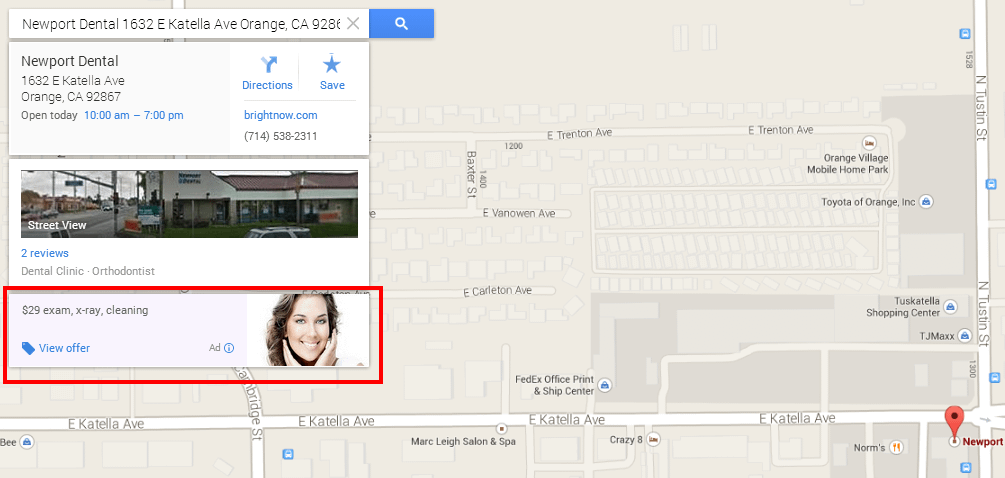You may know you want to get your business online, you may not. Either way you are most likely too busy growing your business through your core competencies and don’t have the time to even figure out where to start. Sound familiar? If so, you are in the same boat as many of the local business owners we have talked to in our customer development efforts. Unfortunately, it becomes really easy for some of us involved in the online marketing space to get too deep in the weeds to understand this more fundamental problem, so I decided to compile a quick guide about how local business get online as well as some basic things you can do to enhance your online presence.
How Do Online Business Listings Get Created?
While this question may seem pretty obvious, the answer is actually quite complicated. Local business information is created and aggregated through numerous sources. This video by David Mihm breaks down the complex way in which Google creates local business listings:
In case you haven’t seen it, here is the local search ecosystem graphic David references in this video. It further illustrates the complicated web of local business information online.

I Understand How My Business Gets Online… Now What?
Excellent question! If dealing with this complex system is too much for you to tackle it on your own, there are lots of local search professionals out there who can help you. If you are brave enough to tackle this mighty beast on your own then keep reading, as I will provide some optimization resources for you.
Neil Patel, from KISSmetrics and Crazy Egg, released this incredibly comprehensive guide about local search and social optimization. You will have to churn through several pop ups, but I promise the guide itself is worth it, especially for those of you who don’t have time to dive through endless resources.
In order to understand how to prioritize optimizing your business’s online presence, it is important to understand what the most important factors are. Luckily, David Mihm comes through again with his panel of experts list of local search ranking factors and their importance relative to each other. While it may take a little bit of effort to fully comprehend this list, combining it with Neil Patel’s guide referenced above will give you a great start to successfully marketing your local business online.
Wading into the Local Search World
For those of you who want more specific and granular resources here is a pretty comprehensive list on relevant subjects:
Google Places Optimization – While Google Places has undergone a few changes since this article was written, the core components of how to optimize a Google Places page remain relatively intact. If you want to stay up to date with all things Google Places then Mike Blumenthal’s blog is the place to do it. If you have questions related to Google Places, definitely check out the Local Search Forums over at Catalyst. It’s filled with questions by local business owners coupled with actionable advice from experts in the field.
Local Social Media – If you don’t think social media is important for local businesses you should be aware that 15% of consumers use social media to discover local businesses. If you want a more comprehensive guide to social media, I highly recommend Social Media for Small Business.
MicroData Markup -I highly recommend taking a look at the schema.org local business standard (and all variants). If that level of web development is not up your alley (don’t worry, it isn’t for most people), you should send it to the person who handles your business’s website. The ability to send targeted signals to search engines about your business is critical for achieving high search rankings and driving more relevant traffic to your website.
This should be enough to keep you occupied for the immediate future. Just remember, there is always more out there and the local business ecosystem is always changing.












